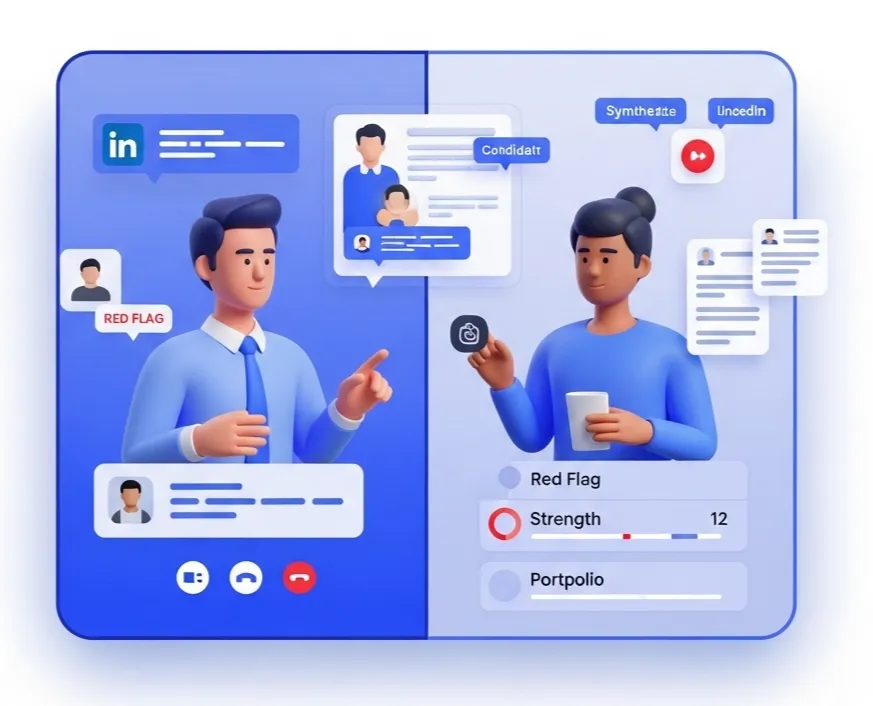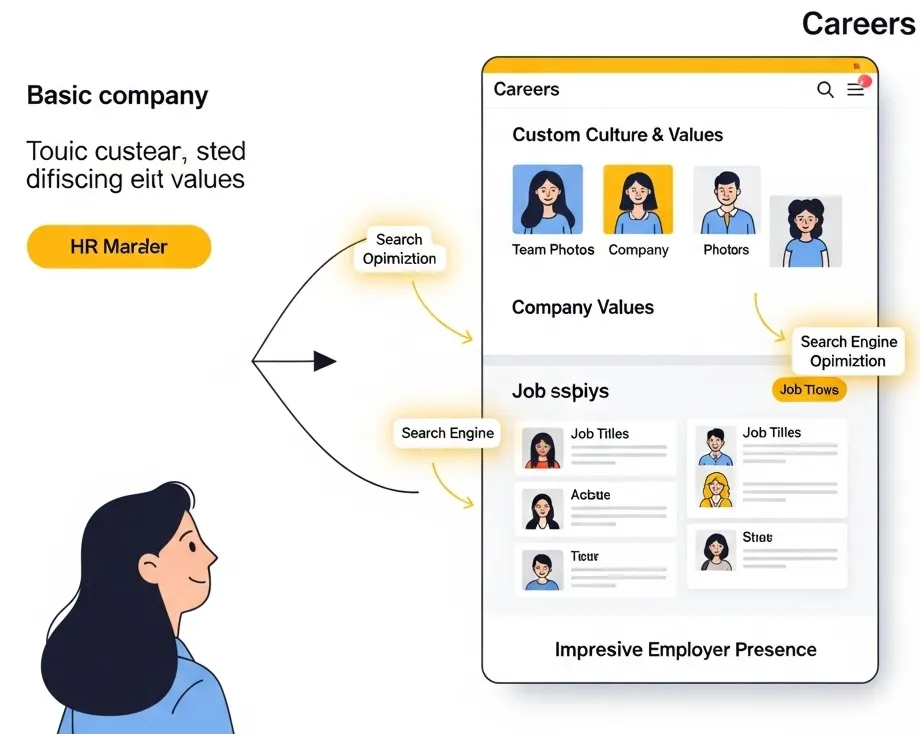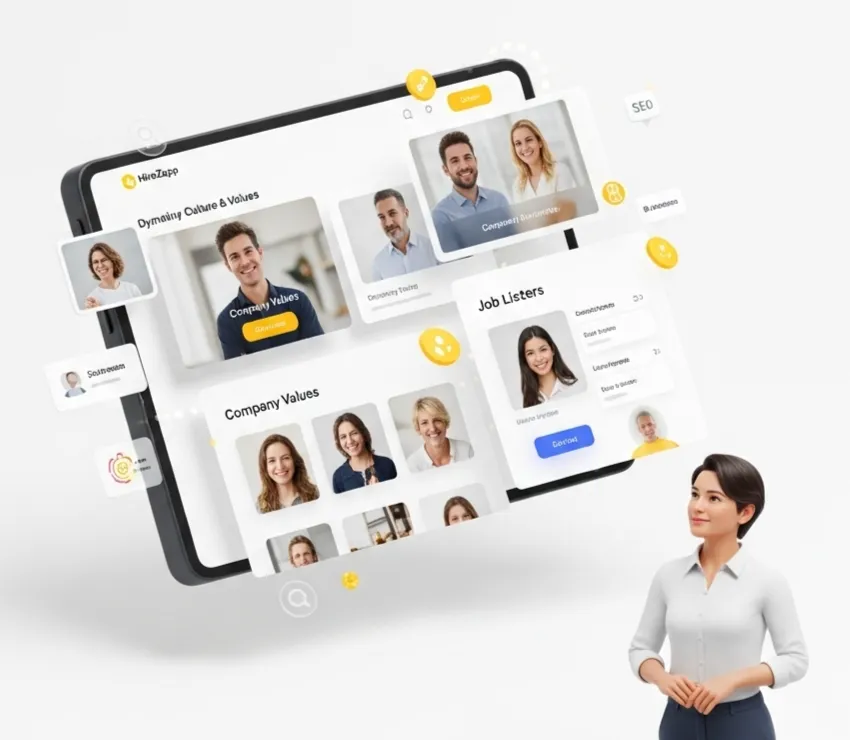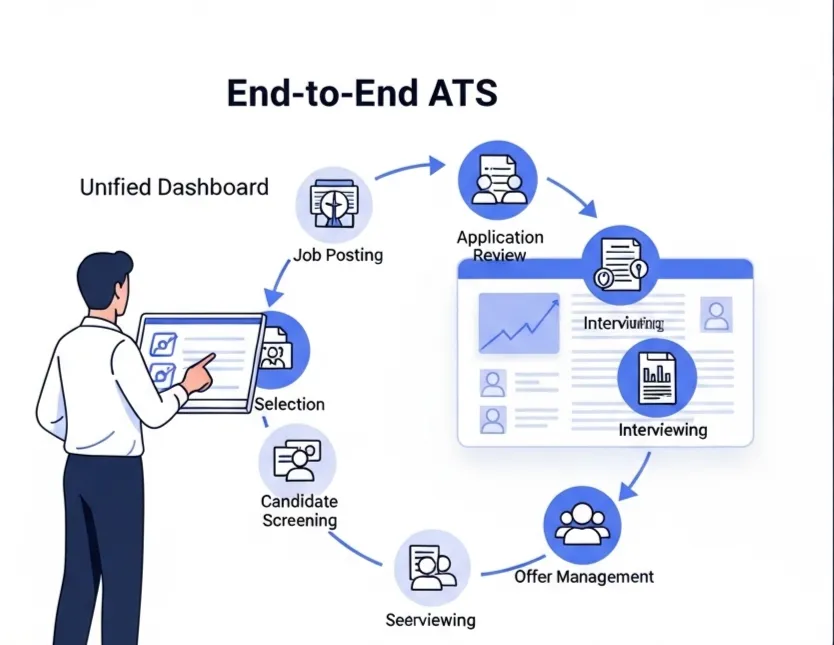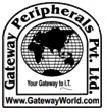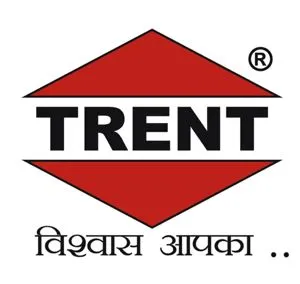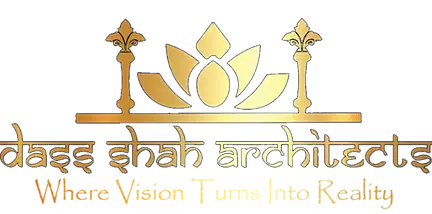The Ultimate Hiring Process Guide for Smart Recruiters
Master recruitment best practices with this step-by-step guide. Build an effective hiring process that finds top talent quickly.

The Ultimate Hiring Process Guide for Smart Recruiters
Introduction
Hiring the right people is one of the most critical challenges businesses face today. Without a structured approach, recruitment becomes chaotic, time-consuming, and expensive. Building an effective recruitment process is not just about filling positions quickly. It is about creating a repeatable system that consistently attracts top talent, evaluates candidates fairly, and delivers exceptional results while providing a positive experience for everyone involved.
When Hiring Lacks Structure
Many organizations struggle with inconsistent hiring outcomes. Some roles take months to fill, while others result in poor-fit hires who leave within the first year. According to research, a bad hire can cost organizations up to $240,000 when factoring in lost productivity, training expenses, and cultural disruption.
The root cause is often the absence of a well-defined recruitment process. Without clear recruitment process steps, hiring decisions become subjective, communication breaks down, and candidates drop out due to confusion or delays. Recruiters waste time on administrative tasks instead of engaging with qualified talent. Meanwhile, hiring managers grow frustrated with the lack of visibility and slow progress.
Companies without recruitment best practices also face consistency challenges. Different interviewers ask different questions, evaluation criteria vary by role, and candidate experiences are unpredictable. This inconsistency damages the employer brand, reduces offer acceptance rates, and makes it difficult to measure what works and what does not.
Building a Structured, Effective Recruitment Process
An effective recruitment process transforms hiring from reactive scrambling into strategic execution. The key is establishing clear recruitment process steps that guide every stakeholder from requisition approval to offer acceptance.
Step 1: Define Your Hiring Needs Begin by documenting exactly what the role requires. Work with hiring managers to create detailed job descriptions that outline responsibilities, required skills, experience levels, and cultural fit expectations. Clarity at this stage prevents misaligned expectations later.
Step 2: Develop Your Sourcing Strategy Identify where your ideal candidates spend time. Will you rely on job boards, employee referrals, social media, recruitment agencies, or a combination? A multi-channel approach increases your talent pool while maintaining quality standards.
Step 3: Create a Screening Framework Establish objective criteria for evaluating applications. Automated tools like HireZapp's AI Candidate Analysis can parse resumes instantly, rank candidates by fit, and eliminate bias from initial screening. As one user from New Delhi shared, "We used to spend days screening resumes. Now, HireZapp does it in minutes and our candidate quality has improved."
Step 4: Design Your Interview Process Structured interviews yield better hiring outcomes. Create standardized question sets that assess both technical competencies and cultural alignment. Include multiple stakeholders to gather diverse perspectives while keeping the process efficient.
Step 5: Implement Candidate Evaluation Use scorecards or rubrics to evaluate each candidate consistently. Document strengths, concerns, and overall fit. This structured approach makes it easier to compare candidates objectively and defend hiring decisions.
Step 6: Streamline Decision-Making Establish clear timelines and approval workflows. Delays frustrate candidates and increase the risk of losing top talent. Tools like HireZapp centralize feedback, automate notifications, and keep everyone aligned on next steps.
Step 7: Optimize Offer and Onboarding Extend offers promptly and maintain engagement until the start date. Seamless handoffs from recruitment to onboarding improve new hire success rates and reduce early turnover.
HireZapp supports every stage of this hiring process guide through integrated automation, real-time collaboration, and analytics. From one-click job syndication to AI-powered screening and automated scheduling, the platform eliminates friction while maintaining the human connection candidates value.
Measurable Improvements Across the Board
Organizations that implement structured recruitment processes see transformative results. Companies with effective recruitment process frameworks are 68 percent more likely to hire top performers and experience 36 percent better retention rates. Standardized workflows reduce time-to-hire by 40 percent and improve candidate quality by 50 percent.
Beyond efficiency gains, structured processes enhance candidate experience. Research shows that 73 percent of candidates say clear communication during recruitment significantly influences their decision to accept offers. When candidates know what to expect and receive timely updates, they view employers more favorably regardless of outcome.
HireZapp customers report dramatic improvements after implementing the platform. One team from Bengaluru noted, "Our recruiters love the automated scheduling and feedback tools. HireZapp integrates seamlessly with our workflow." Another organization reduced cost-per-hire by 35 percent while improving quality through data-driven insights and streamlined coordination.
Structured processes also empower continuous improvement. With clear metrics and analytics, teams can identify bottlenecks, test process changes, and refine their approach over time. What once felt like guesswork becomes a science backed by evidence and results.
Key Recruitment Best Practices for Long-Term Success
- Document Everything: Create templates, checklists, and playbooks so every team member follows the same proven approach.
- Leverage Technology: Use platforms like HireZapp to automate repetitive tasks and centralize collaboration.
- Focus on Candidate Experience: Clear communication and respectful treatment build your employer brand.
- Train Your Team: Ensure everyone understands the process, their role, and how to evaluate candidates fairly.
- Measure and Optimize: Track time-to-hire, quality-of-hire, source effectiveness, and candidate satisfaction to identify improvement opportunities.
- Stay Compliant: Build fairness, transparency, and legal compliance into every stage of your process.
- Iterate Regularly: Review your process quarterly and adapt based on data, feedback, and market changes.
A Final Thought
Building an effective recruitment process is not a one-time project. It is an ongoing commitment to excellence that pays dividends in better hires, stronger teams, and sustained business growth. By following proven recruitment process steps and embracing recruitment best practices, organizations can transform hiring from a pain point into a competitive advantage.
Ready to build a recruitment process that delivers results? Discover how HireZapp helps you hire three times faster with tools designed for structured, effective hiring.
Frequently Asked Questions (FAQs)
1. What are the essential recruitment process steps?
Key steps include defining hiring needs, sourcing candidates, screening applications, conducting structured interviews, evaluating candidates objectively, making timely decisions, and extending offers with smooth onboarding transitions.
2. Why is building a recruitment process important?
Building a structured process reduces time-to-hire, improves candidate quality, ensures fair evaluation, enhances candidate experience, and provides data for continuous improvement.
3. What are recruitment best practices for small businesses?
Best practices include using applicant tracking systems like HireZapp, creating standardized interview questions, training hiring teams, focusing on candidate experience, and measuring key metrics.
4. How long should an effective recruitment process take?
Timelines vary by role complexity, but best practices suggest 30 to 45 days for most positions. Structured processes with automation can reduce this significantly.
5. What metrics should I track in my recruitment process?
Track time-to-hire, time-to-fill, quality-of-hire, source effectiveness, offer acceptance rate, candidate satisfaction, cost-per-hire, and diversity metrics.
6. How does HireZapp help build an effective recruitment process?
HireZapp provides AI-powered screening, automated workflows, centralized collaboration, real-time analytics, and seamless integrations to support every stage of structured, effective hiring.






